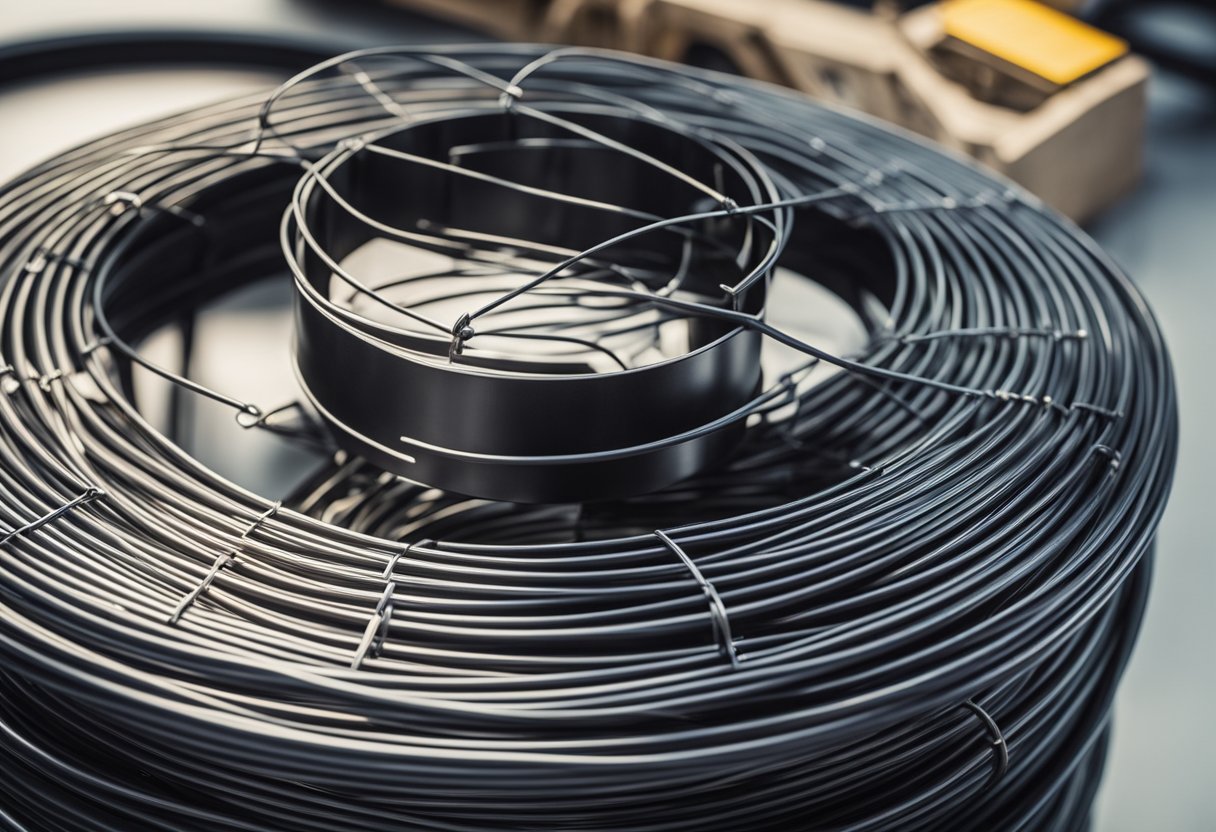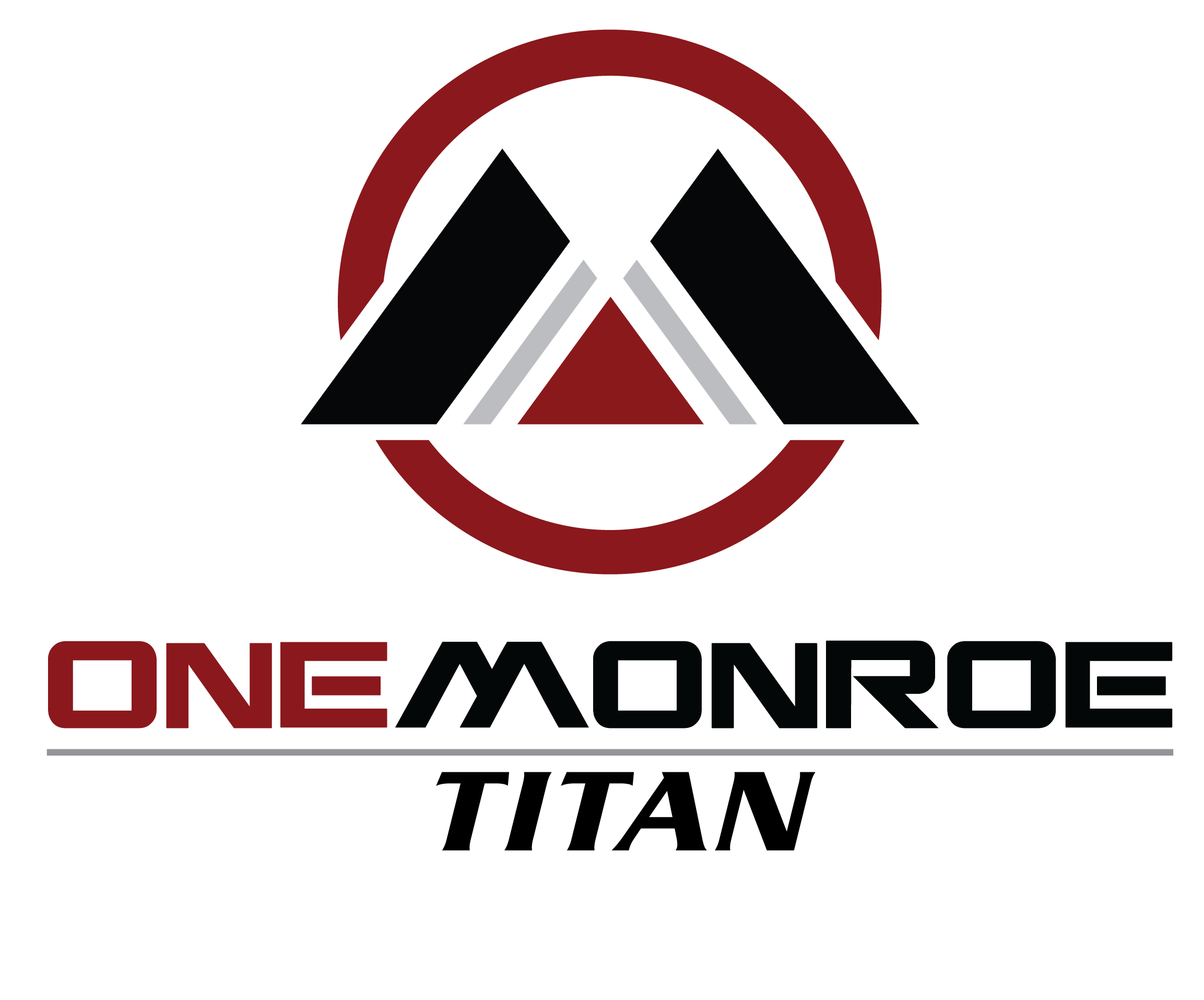
When we dive into the world of solar power, understanding the specifications of solar wire becomes essential for optimizing our solar panels’ performance. Solar wire is a critical component as it ensures that electricity flows efficiently from the solar panels to the inverter and other peripherals. Without the correct wiring, your solar systems may face inefficiencies or even operational failures.
Solar cables come in various types and sizes, each suited for different installations and power requirements. By comprehending these distinctions, we can make informed decisions about which specific wire configurations will best suit our energy needs and system layouts.
As we explore these specifications further, we’ll uncover the critical features of solar wire such as gauge, insulation material, and durability in varying environments.
Key Specifications of Solar Wire

In this section, we examine crucial specifications of solar wire that are essential for optimizing solar power system performance. Understanding these parameters ensures safety, efficiency, and reliability when designing and installing solar arrays.
Voltage Rating and System Voltage
Voltage rating is a critical specification that indicates the maximum voltage a wire can safely handle. It’s essential for matching the wire with the system voltage of the solar power setup to avoid potential hazards.
In solar applications, common system voltages include 12V, 24V, and 48V. Selecting a wire with a suitable voltage rating prevents insulation breakdown and maintains safety. Consulting the datasheet provides detailed voltage compatibility information.
Current Capacity and Power Rating
Current capacity refers to the maximum flow of electrical current a wire can carry without overheating. Alongside this is the power rating, which considers both voltage and current to determine the energy capacity that wires can safely handle.
Consideration of electric load plays a vital role here, as exceeding the current capacity can lead to power loss and inefficient operation. It’s important for us to select wires with adequate ratings, ensuring consistent power delivery and minimizing heating issues. Using technical data sheets helps us find the suitable wire specifications for our solar power system’s current and power needs.
Wire Size, Gauge, and Conductor Cross-Section
Wire size is often specified in terms of American Wire Gauge (AWG) or conductor cross-section. The wire gauge indicates the wire’s diameter, where a lower AWG number means a thicker wire, which can carry more current.
Selecting the right AWG is essential for efficient current flow and system reliability. Conductor cross-section, often measured in square millimeters, provides a similar assessment of the wire’s capacity to carry current efficiently.
Cable Length and Voltage Drop
Cable length is directly linked to voltage drop, where longer cables can suffer greater energy losses due to resistance. Voltage drop results in reduced efficiency and lower power output, potentially impacting the performance of solar panels.
To mitigate this, we aim to keep cable lengths as short as possible or use thicker wires to accommodate longer distances. Accurately calculating voltage drop and referring to manufacturer guidelines helps us maintain optimal performance levels and uphold system integrity over time.
Material and Durability Considerations for Solar Wire
When selecting solar wire, considering the material and durability is crucial for long-term performance. Key factors include insulation type, environmental resistance, and conductor materials, all of which impact the wire’s effectiveness and safety.
Insulation Type and Temperature Resistance
The type of insulation is critical for solar wire’s durability. Cross-linked polyethylene (XLPE) and polyvinyl chloride (PVC) are commonly used due to their excellent thermal properties. XLPE provides superior temperature resistance, typically rated up to 90°C, making it suitable for areas with high ambient temperatures.
PVC, while offering flexibility, has a lower temperature rating. Insulation breakdown can occur if the wire is exposed to temperatures beyond its rating, leading to performance issues. Ensuring proper temperature ratings helps maintain wire integrity under varying conditions.
Environmental Conditions and Weatherproofing
Solar wires must withstand various environmental conditions. They are often exposed to direct sunlight, rain, and temperature fluctuations. UV-resistant insulation is crucial for maintaining the wire’s integrity under these conditions.
Weatherproofing features, such as additional protective coatings, enhance durability by preventing moisture ingress and abrasion. Fire resistance is another important factor, particularly in areas prone to wildfires. We should ensure that the chosen solar wire can resist harsh conditions without degrading, providing long-term operational reliability.
Conductor Materials and Copper Conductors
The choice of conductor material greatly influences a solar wire’s efficiency and durability. While aluminum conductors offer economic benefits, copper conductors are preferred due to their superior conductivity and flexibility.
Copper’s inherent resistance to corrosion enhances the wire’s lifespan, ensuring stable electrical performance.

